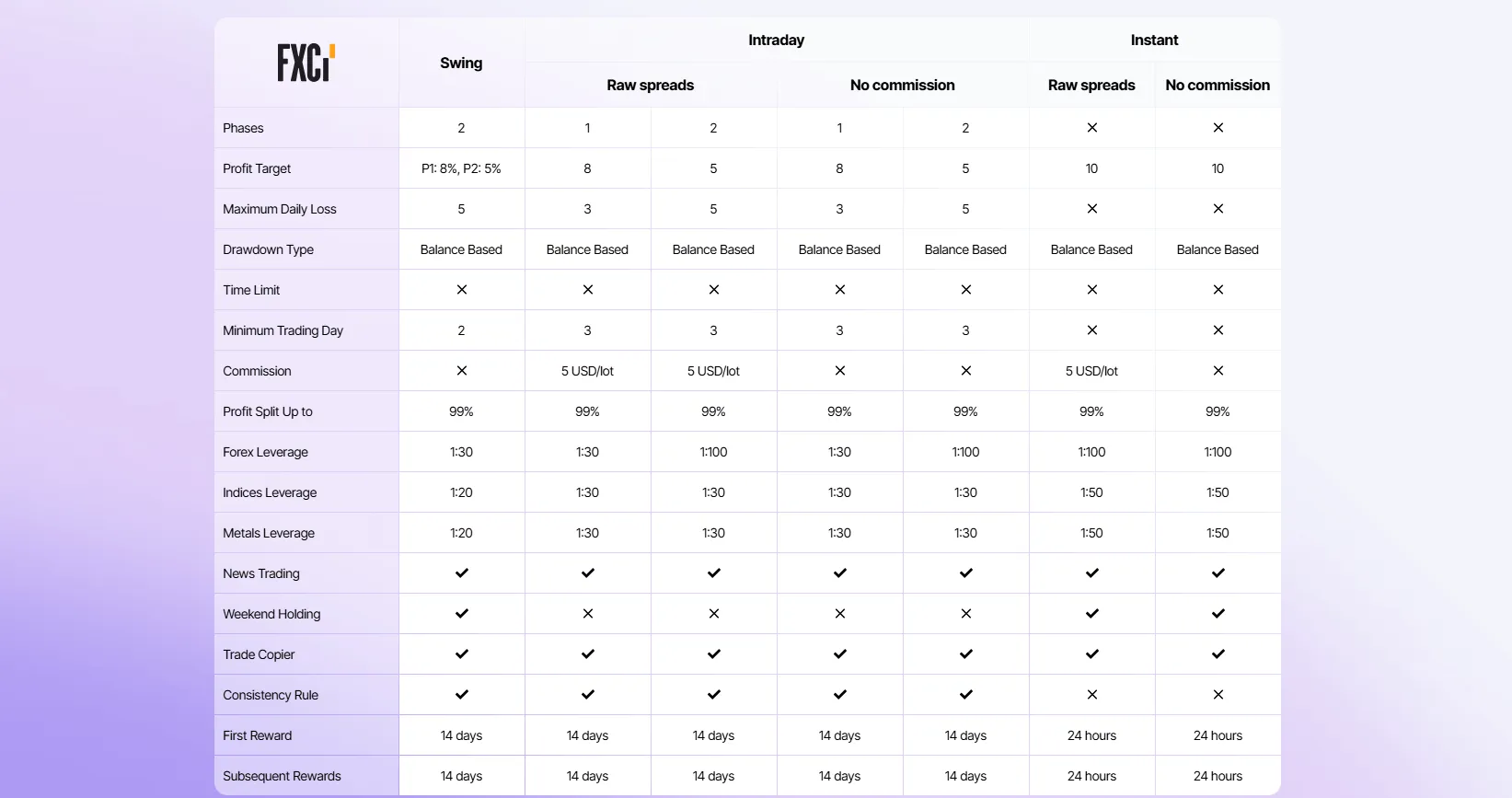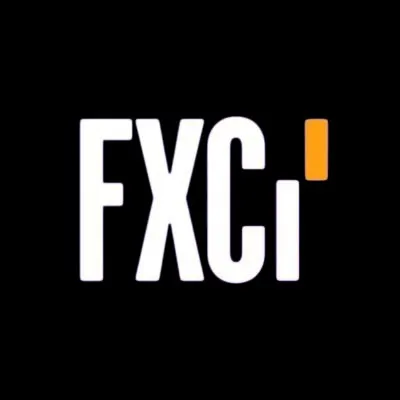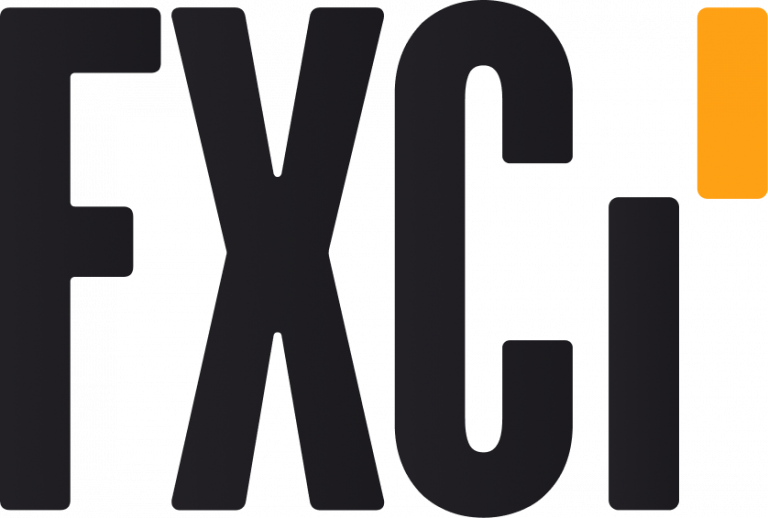Risk Management in Prop Firms in India
FXCI prop trading firm offers funded accounts up to $300,000 in India. Earn up to 99% profit trading with FXCI’s capital.
FINAL HOURS! Save 50% on FXCI Challenges
Apply promo «FXCI50» for instant discount. Trade smarter with 99% profit retention. Start below 👇
Introduction: Why Risk Management is Crucial in Prop Firms
Risk management plays a vital role in the success of prop trading. Without proper risk management, even the most skilled traders can face significant losses. Prop firms, which provide traders with capital, depend on solid risk management strategies to protect both themselves and their traders. In this article, we will explore how risk management works in prop firms, why it’s important, and how traders can use risk management tools to succeed in the prop trading environment.
In India, as the financial market grows rapidly, the importance of managing risk is heightened. Proper risk management ensures traders can operate effectively, even in volatile markets, while protecting the investments of prop firms.
How Risk Management Works in Prop Firms
Risk management in prop firms involves setting clear guidelines and tools that help traders control and limit their losses. This is crucial in a high-stakes environment where large amounts of capital are involved. The main goal of risk management is to protect both the trader and the firm from significant losses while maximizing profits.
1. Risk Limits and Guidelines
One of the main components of risk management in prop firms is setting risk limits. These are pre-determined levels of risk that a trader can take on each trade. They help ensure that no single trade or series of trades will result in catastrophic losses.
Common risk limits include:
- Max Daily Loss: The maximum amount a trader can lose in a single day.
- Max Drawdown: The maximum percentage of capital a trader can lose from their starting balance.
- Position Sizing: The maximum amount of capital a trader can risk on a single trade, usually based on a percentage of their total capital.

2. Risk Management Tools Used by Prop Firms
To enforce risk limits, prop firms use various risk management tools. These tools help traders make informed decisions and maintain discipline in their trading strategies. Some of the most common tools include:
- Stop-Loss Orders: These orders automatically close a trade once it hits a specified loss threshold, helping to limit potential losses.
- Risk-to-Reward Ratio: Prop firms often encourage traders to maintain a risk-to-reward ratio of 1:2 or higher, ensuring that potential rewards outweigh potential risks.
- Daily Loss Limits: Many firms set a daily loss limit, meaning that traders must stop trading once their losses reach a certain amount for the day.
How Proper Risk Management Protects Both Traders and Firms
Effective risk management in prop firms is designed to protect both the trader’s and the firm’s capital. By putting the right safeguards in place, prop firms can minimize risk while allowing traders to operate with larger amounts of capital.
1. Protecting the Trader's Capital
Risk management ensures that traders don’t lose large amounts of capital in a short period. By imposing strict loss limits, prop firms prevent traders from overextending themselves. For example, if a trader loses too much in a day, they may be temporarily suspended from trading, giving them time to reflect on their strategy and avoid further losses.
2. Protecting the Firm’s Capital
Prop firms invest their own capital into the traders they fund. Without proper risk management, a trader’s mistakes could lead to substantial losses for the firm. By setting parameters like maximum drawdown and daily loss limits, firms protect their own capital while still giving traders the chance to generate profits.
3. Maintaining Long-Term Profitability
Consistent risk management ensures that traders can survive through periods of volatility and continue trading in the long run. This, in turn, increases the chances of consistent profits for both the trader and the firm.
Common Risk Management Strategies in Prop Firms
There are various strategies used in prop firms to protect both the firm’s and traders' interests. These strategies ensure that the capital involved in prop trading is used wisely, and the risks are always controlled.
1. Leverage Control
Prop firms often impose strict leverage rules. Leverage allows traders to control larger positions with a smaller amount of capital, but it also increases the potential for significant losses. By controlling leverage, prop firms ensure that traders do not take on more risk than they can handle.
2. Diversification of Trades
Another risk management strategy employed by prop firms is diversification. Rather than putting all capital into a single position, traders are encouraged to diversify across multiple trades and markets. This spreads risk and minimizes the potential for large losses.
3. Risk-to-Reward Ratio Management
Many prop firms teach and encourage traders to maintain a strong risk-to-reward ratio. For instance, a trader may be instructed to risk no more than 1% of their capital on any single trade, while targeting at least a 2% return. This strategy helps to ensure that the potential reward justifies the level of risk being taken.
| Technique | Description | Purpose | Example |
|---|---|---|---|
| Leverage Control | Limiting the amount of leverage available to traders. | To reduce the potential for large, quick losses. | Leverage limit of 5:1 or 10:1 |
| Stop-Loss Orders | Automatically closing a trade when it hits a loss threshold. | To minimize losses on a trade that goes against the trader. | Stop-loss set at 2% loss per trade |
| Daily Loss Limits | A cap on the amount of losses a trader can incur in one day. | To prevent traders from losing too much in one session. | Max daily loss of $500 or 3% of the account balance |
| Risk-to-Reward Ratio | Ensuring that potential profits outweigh potential losses. | To make sure the trader is only taking risks that offer favorable returns. | Risk-to-reward ratio of 1:2 |

The Importance of Risk Management for Long-Term Success
Proper risk management is vital for both traders and firms. By adhering to risk management strategies, both can achieve long-term success and ensure that risks do not outweigh rewards.
1. Building a Strong Reputation
Firms that maintain strict risk management practices have a reputation for being responsible and sustainable in the long term. Traders, in turn, benefit from being able to trade in a regulated environment that limits excessive risk-taking.
2. Encouraging Responsible Trading
With the proper tools and guidelines in place, traders are encouraged to trade responsibly. This discipline results in more consistent profits and fewer emotional decisions, which is key to long-term success in the trading world.
Conclusion: The Role of Risk Management in Prop Firms
In prop firms, risk management is not just about limiting losses—it's about creating an environment where both traders and firms can succeed. By implementing clear rules, setting appropriate limits, and utilizing tools such as stop-loss orders and daily loss limits, prop firms provide traders with the capital and freedom to trade responsibly.
For traders in India, understanding how risk management works in prop firms is essential for building a successful career in trading. With the right strategies in place, traders can thrive while minimizing their exposure to unnecessary risks.
FAQ: Common Questions About Risk Management in Prop Firms
How do prop firms manage risk?
Prop firms manage risk by setting rules such as leverage limits, stop-loss orders, daily loss limits, and by maintaining strict risk management policies.
What is a max drawdown limit?
A max drawdown limit is the maximum loss a trader is allowed to incur from their starting balance. It helps prevent excessive losses.
Can I increase leverage in prop trading?
Leverage in prop firms is usually controlled to limit risk. It may be increased in certain situations, but the firm will typically set limits for protection.
How does the risk-to-reward ratio affect trading?
A good risk-to-reward ratio ensures that traders only take on trades where the potential reward outweighs the risk, leading to more consistent profits over time.
How important is emotional control in risk management?
Emotional control is crucial in risk management. By sticking to risk management rules and not reacting impulsively to market movements, traders can avoid significant losses.


